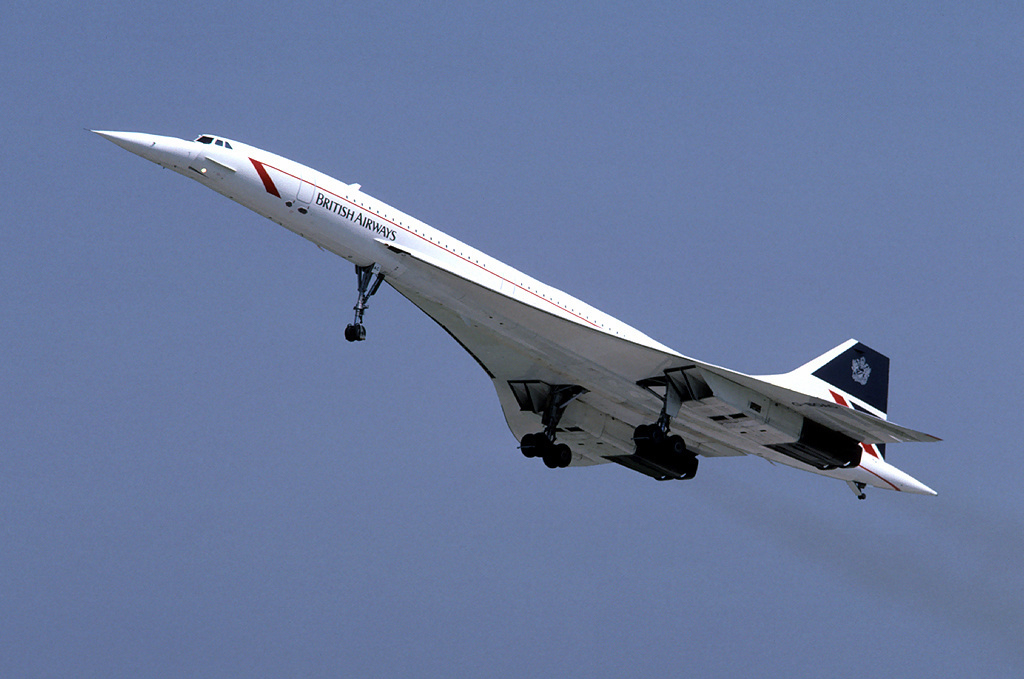It’s been almost 20 years since the last time the Concorde flew across the Atlantic, bringing to an end the era of supersonic commercial travel. Or perhaps “bringing to a pause” might be more accurate, given the numerous plans floating around for successors to the Concorde.
It isn’t hard to see why, in a world where people’s time is at a premium, some travelers might embrace paying more in order to engage in business or recreational travel faster than they currently do. On the other hand, the question lingers: is there enough of a demand to merit the kind of financial and technological advancement that supersonic air travel would require?
In a new article for The Washington Post, Pranshu Verma surveyed the current state of the supersonic landscape. As Verma notes, the pandemic’s effect on airlines’ revenue — which is to say, the pandemic’s massive dent in airlines’ revenue — hasn’t created the ideal conditions for the technology to make a triumphant return.
Still, Verma sees signs for optimism — including the work being done by Boom Supersonic, which has taken advantage of advances in the materials used to build airplanes in order to make planes that are both lighter and more fuel-efficient. The experts quoted in the article raise one other worrying point, though — that supersonic jets use fuel more quickly than their standard counterparts.
In other words — is there room for supersonic passenger jets in an increasingly emissions-conscious world? That’s a question with a lot riding on it.
Thanks for reading InsideHook. Sign up for our daily newsletter and be in the know.
